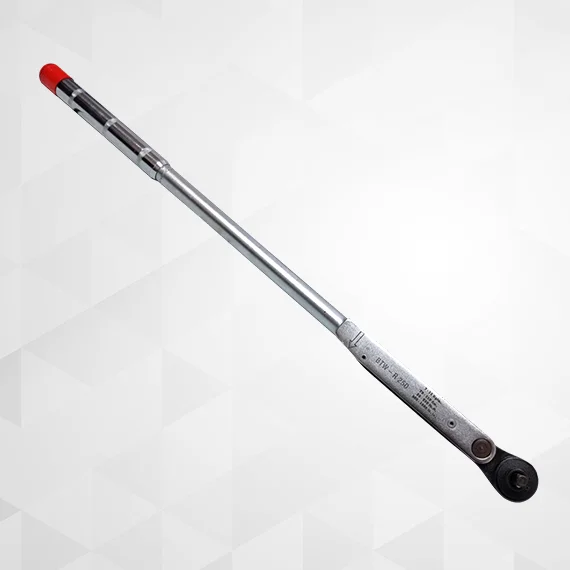Manual Torque Wrench
In the oil and gas sectors of Saudi Arabia, click-type torque wrenches are highly valued for the accuracy they provide workers.The ABS clicker manual torque wrench offers a dependable “click” every time it achieves the correct torque, making sure each bolt is tightened properly – no matter what type of heavy-duty joint you’re working with. It is designed with high-pressure flanges to structural bolting in mind.
SPECIFICATIONS
Maximum Torque (Nm) / (ft-lbs) 2700 / 1992
Minimum Torque (Nm) / (ft-lbs) 2.50 / 1.84
Maximum Weight (kg) / (lbs) 29 / 64
Minimum Weight (kg) / (lbs) 0.55 / 1.21
PRODUCT CATALOGUE
![]() ABS Manual Torque Wrench - Clicker Wrench
ABS Manual Torque Wrench - Clicker Wrench


